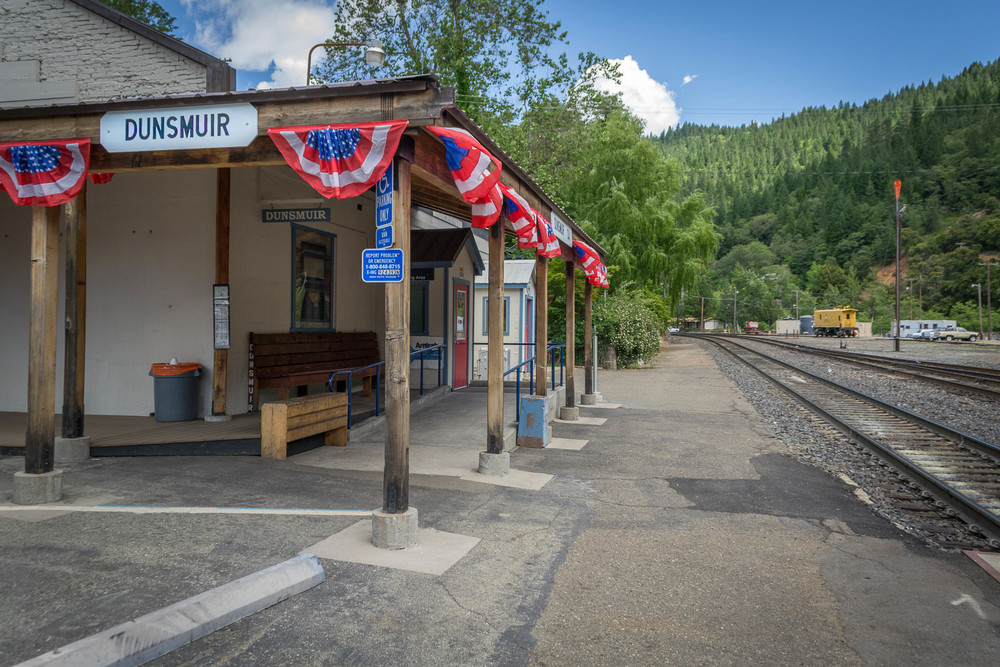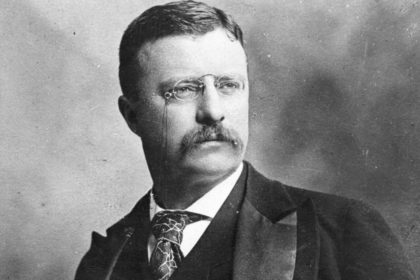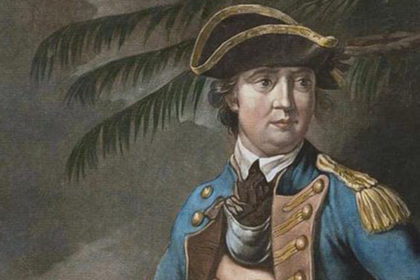Dunsmuir is a city in Siskiyou County, northern California. Take a look below for 20 amazing and fun facts about Dunsmuir, California, United States.
1. It is on the upper Sacramento River in the Trinity Mountains.
2. Its population is 1,707 as of the 2020 census, up from 1,650 from the 2010 census.
3. The official city slogan is “Home of the best water on Earth”. Dunsmuir is currently a hub for tourism in Northern California, with Interstate 5 passing through it.
4. Visitors enjoy fishing, skiing, climbing, or sight-seeing. During the steam locomotive railroad era, it was notable for being the site of an important Central Pacific (and later Southern Pacific) railroad yard, where extra steam locomotives were added to assist trains on the grade to the north.
5. Located in the Shasta Cascade area of Northern California, Dunsmuir is a popular destination for tourists. Visitors come to fish trout in the Sacramento and McCloud Rivers, or to see and climb Mount Shasta, Castle Crags or the Trinity Alps. Visitors ski (both alpine and cross-country) and bicycle, or can hike to the waterfalls, streams and lakes in the area, including nearby Mossbrae Falls, Hedge Creek Falls, Lake Siskiyou, Castle Lake and Shasta Lake.
6. Dunsmuir is located on the Upper Sacramento River, a blue ribbon trout stream that attracts fishermen from all over the world. Wild rainbow trout abound in the river. Additionally, the city has a private stocking permit from the Department of Fish and Game.
7. The city currently has a “Big Fish Program” and stocks the river within the city limits with trophy-sized rainbow trout up to 14 pounds (6.4 kg). These stockings take place during the summer months. Catch-and-release fishing is permitted in the river during the off-season, so fly-fishing is available year-round.
8. The town is also a destination for historical and cultural tourists, as the town has preserved an authentic 1920s and 1930s look and feel. Dunsmuir’s long connection with the railroad draws railfans to enjoy the sights and sounds of the railroad in the steep Sacramento River canyon.
9. Dunsmuir is officially a Union Pacific “Train Town” and enjoys many financial benefits because of its relationship with the railroad.
10. Dunsmuir has frequent events that draw people from far and wide. Dunsmuir has been described by many as an ideal venue. During the summer, the city hosts many local weekend festivals, including “State of Jefferson Brewfest”, “Dogwood Daze”, “Railroad Days” and the “Tribute to the Trees” al fresco dinner/concert along the river in the city’s pristine park, home to Dunsmuir Botanical Gardens.
11. These events, along with the wonderful work done by the volunteers of the Botanical Gardens, bring joy to those visiting Dunsmuir. The city also has another river’s edge park, Tauhindauli Park, over which passes the I-5 freeway, and several popular easy-access fishing spots.
12. Sites in and near Dunsmuir have been inhabited for over 5000 years. At least three waves of early peoples swept through area, establishing residence. At the time of the first European-American contact in the 1820s, the site of Dunsmuir was within the range of the Okwanuchu tribe of Native Americans.
13. Some believe the indigenous peoples of the area were wiped out when the U.S. Army fed them poisoned beef when they came in and signed a peace treaty. However, this point remains open to speculation, as there are few concrete sources of evidence to support this claim.
14. During the 1820s, early European-American hunters and trappers passed through Dunsmuir’s site, following the Siskiyou Trail.
15. In the mid-1830s, pioneer horse and cattle drives came up the Sacramento Canyon, delivering livestock from Mexican California to the new settlements in the Oregon Country to the north. In 1841, an overland party of the famous United States Exploring Expedition passed through the area.
16. The California Gold Rush led to increased traffic along the Siskiyou Trail through Dunsmuir’s site, leading to the first non-Native American settlers at Upper Soda Springs in north Dunsmuir in the early 1850s. The discovery of gold at Yreka, California dramatically increased movement through the site of Dunsmuir, and a toll bridge and stagecoach hotel were built at Upper Soda Springs.
17. In 1887, the completion of the Central Pacific Railroad along the line of the Siskiyou Trail led to the creation of the modern town of Dunsmuir. The railroad developed a division point on the flats south of Upper Soda Springs, where railroad steam engines would be serviced, and added to trains to push them up the steep grades north of town. A roundhouse and turntable were built.
18. All this activity required the creation of a town, initially known as ‘Poverty Flats’ or ‘Pusher’. South of the present downtown and north of Castella is an area known as Nutglade, which was previously known as Dunsmuir and before that, Cedar Flat. So the name moved north from the South rail yard to the main rail yard. During the railroad heyday, Dunsmuir was the largest town in this County which is the size of Delaware and Rhode Island combined.
19. In 1888, Alexander Dunsmuir, second son of British Columbian coal baron Robert Dunsmuir, was passing through, and according to contemporary accounts, was so taken with the beauty of the area that he offered to donate a fountain to the new town, if they would rename the town in his honor. The offer was accepted, and Dunsmuir’s fountain remains operational, relocated to the City Park’s baseball field, that was frequented by Babe Ruth and other N.Y. Yankees.
20. By the early 1900s, Dunsmuir was the largest town in Siskiyou County, and for a long time had been the largest California city north of Sacramento. The construction of the Pacific Highway along the Siskiyou Trail in the mid-1910s brought more tourists. By the mid-1950s, the railroad transitioned from steam to diesel locomotives, and the substantial workforce in Dunsmuir was not needed, resulting in the town’s contraction. Interstate 5 runs through the canyon along with the railroad and the upper Sacramento River.




